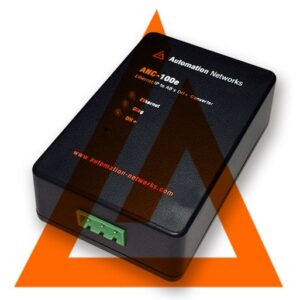Three Considerations for Installing Drives
Bill Meindl, Customer Loyalty Manager, Rockwell Automation, http://www.rockwellautomation.com/global/news/blog/detail.page?pagetitle=Three-Considerations-for-Installing
I’ve spent the last five years in technical support and field service. During this time, I’ve seen many cases where customers experienced nuisance drive faults and unplanned downtime – without any success through normal troubleshooting.
In many of these cases, the core issue was improper installation of the drive. These instances can have wide environmental and system effects – but with a little focus and effort, they can also be easily avoided.
Just follow the fundamental best practices for drive installation. This involves compliance upfront when designing, commissioning, installing and maintaining.
The main considerations include the drive’s input, installation and output.
Drive Input
When designing or installing a drive, consider the power distribution that will feed the drive, including the sourcing impedance and grounding scheme. Once you understand the distribution, configure the drive accordingly.
Matching the incoming power is critical for drive performance and longevity – you can match up the KVA transformer to the drive, or put a solution in between, like a line reactor. In some cases, a line reactor is needed to help prevent line-transient damage. Understanding the grounding scheme is necessary to properly set jumpers at the drive, help increase drive life, and avoid overheating faults.
Drive Installation
Some of the most common mistakes can be found in the physical installation. There are a number of considerations before deciding where and how to physically mount the drive in the panel.
The surrounding temperature, humidity and atmosphere are critical factors that can often be overlooked – especially in industries where dust or high particle content is in the air.
Depending on your environment, you may need to implement specific drive enclosures or take steps to protect the cooling fan. You should also avoid exposing the drive to corrosive atmospheres, moisture or direct sunlight.
Drive Output
When considering drive outputs, keep in mind the cabling length and routing. The distance between the drive and the motor will determine if additional hardware or filters are required to reduce voltage peaks at the motor and prevent motor damage. Another often-overlooked problem is routing the cables too close to each other.
Due to the difference in power with the power and control cables, close proximity can lead to noise on surrounding control cables that can cause communication issues with your equipment. Control or network power typically ranges from 10 to 120 volts, and these cables should be shielded or armored to help protect from the higher voltage noise. If installation space is limited, users can take specific steps to reduce interference. You can cross cables at 90-degree angles, consider conduit shielding or route cables separately.
Users should also keep in mind that if one of these considerations changes, the others will likely be impacted and should be reviewed. For example, if the power distribution changes, the drive jumper settings may need to be changed.
Final Considerations
Overall, users should invest time upfront in the design process to help ensure proper installation within manufacturer requirements. A poor drive setup could result in loss of production and revenue, increased costs associated with poor-quality manufactured goods, and delays in commissioning. Make sure to follow the installation fundamentals and review the entire drive configuration from line to load to have a long-lived, robust and reliable machine.




